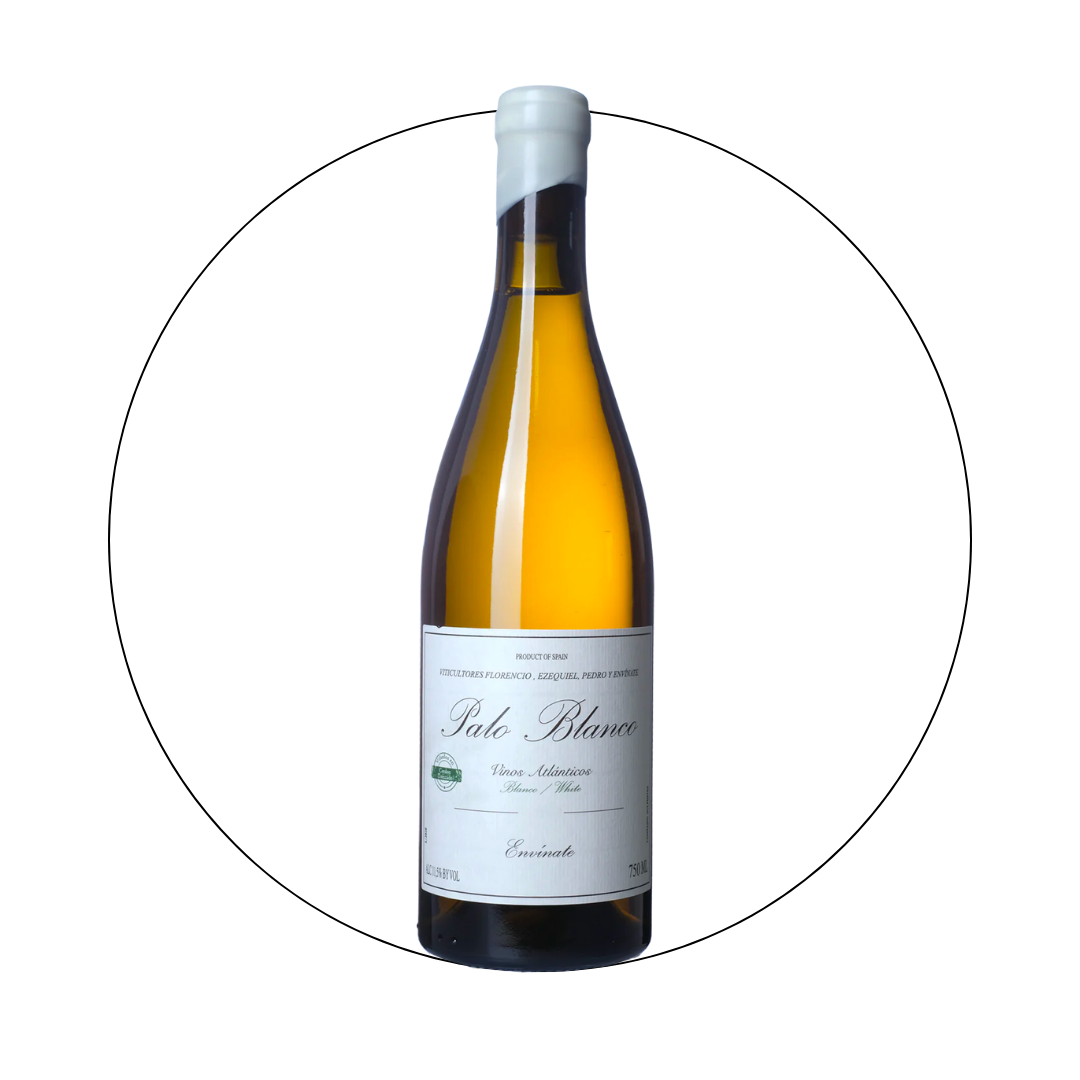Envinate - Palo blanco 2019
Envinate - Palo blanco 2019
RP 97
The 2019 Palo Blanco was produced with Listan Blanco grapes from the village of Los Realejos in the Valle de la Orotava. They consider 2019 an exceptional vintage for this cuvee, which comes from four plots of centenary cordon trenzado braided vines that ripened properly and earlier than normal, avoiding an unusually warm October. The wine has a moderate 12% alcohol and great freshness and acidity for the variety and especially after having gone through full malolactic. In 2019, 70% of the wine matured in well-seasoned, neutral oval 2,500-liter oak foudres and the rest with fine lees in 350-liter oak barrels. They kept adding vineyards for this wine, so they were able to produce a little more wine. This is a wine that showed them that fermenting at higher temperatures resulted in less fruit and more soil character in the wines. There's always a Burgundian feeling to this wine, sharp and precise and very long, layered and with depth. This follows the path of the 2018. 10,000 bottles and 30 magnums were produced. It was bottled in December 2020.
I tasted the 2019s and 2020s from Envinate in the Canary Islands, where they produced wines from different zones in Tenerife, in the north in Taganana, La Orotava and now also in Tacoronte-Acentejo, and in the south in Santiago del Teide. Both vintages were warm and dry, but 2020 is clearly superior for the white wines. Envinate is planning to build a brand-new winery from scratch, but the project will take a couple of years, so the objective is to vinify the 2023 vintage there. In Tenerife, they produce 100,000 bottles (in 2021), but some vintages are shorter, like 2020 when they produced 85,000 bottles. Their idea is to produce a grand total of 200,000 bottles between Canary Islands, Galicia and the Mediterranean.
In Santiago del Teide in the south, they had half the rain they used to get before 2017, so very low yields. 2020 was a hurried ripeness, and all the zones ripened at the same time and very early. 2019 was a more balanced year. At La Orotava, both vintages were very good, without the issue with fog. But 2020 was also warmer, with a sunstroke during the summer that could easily produce some over-ripeness. They harvested some plots earlier and avoided that.
The wine from Tacoronte-Acentejo is closer to the character of the wines from Taganana. They started there with a wine in 2020 that could be within the appellation of origin, but as the winery is outside the limits of the appellation, they cannot sell the wine with the appellation of origin. In Taganana, they did a great interpretation of the 2020 vintage, even if both were very dry.

